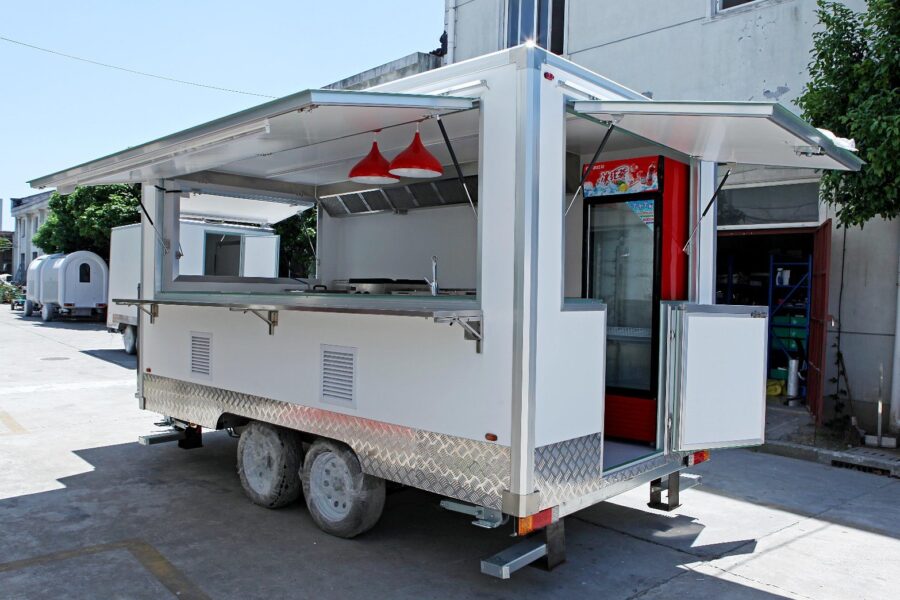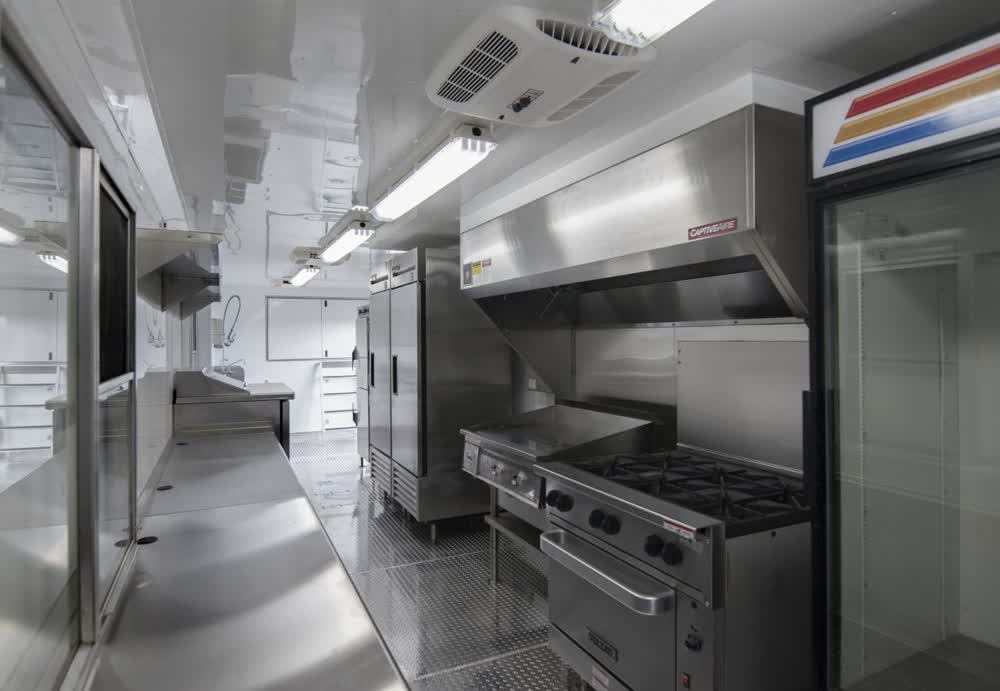In the age of convenience and on-demand services, the food delivery industry has experienced a significant transformation. One of the latest innovations making waves in the culinary world is the concept of ghost kitchens. These virtual restaurants, also known as cloud kitchens or dark kitchens, have emerged as a solution to meet the increasing demand for delivery-only meals.

In this article, we will explore what exactly a ghost kitchen is, how it operates, its advantages and challenges, and its impact on the restaurant industry.
Ghost kitchens, at their core, are professional food preparation facilities that operate solely for the purpose of fulfilling online delivery orders. Unlike traditional restaurants, they do not have dine-in areas or physical storefronts. Instead, they rely on a network of online platforms and delivery services to reach customers directly in the comfort of their homes or offices.
Ghost kitchens can take various forms, including standalone facilities, shared spaces, or even repurposed existing kitchens. They often cater to multiple restaurant brands or virtual concepts simultaneously, enabling chefs to experiment with diverse cuisines and menus without the limitations of a physical location. By eliminating the need for customer-facing infrastructure, ghost kitchens streamline operations and focus exclusively on the preparation of meals for delivery.
Ghost kitchens function primarily through an intricate ecosystem of technology and logistics. Orders are received via online platforms or dedicated delivery apps, which are integrated with the ghost kitchen’s order management system. The kitchen staff receives the order, prepares the food, and packages it for delivery. The final product is then picked up by delivery drivers or dispatched for delivery, ensuring that customers receive their meals promptly.
One of the key advantages of ghost kitchens is their ability to optimize efficiency. By concentrating solely on delivery, these kitchens can maximize output, reduce overhead costs, and minimize operational complexities. With no need for dining spaces, furnishings, or extensive staff, ghost kitchens can operate in smaller and more affordable spaces, enabling cost savings and higher profit margins. Moreover, since ghost kitchens are not limited by physical locations, they can cater to a wider customer base, reaching areas that might have been inaccessible to traditional restaurants.

Another benefit of ghost kitchens is their flexibility. Virtual restaurant concepts can be easily launched or modified to meet changing consumer preferences and trends. Chefs and entrepreneurs have the freedom to experiment with new menus, test out innovative concepts, and gauge customer demand without the risks associated with setting up a brick-and-mortar establishment. This agility allows for a faster response to market demands and the potential for increased profitability.
While ghost kitchens offer numerous advantages, they are not without challenges. One significant hurdle is maintaining quality control and ensuring consistent food standards across different brands and cuisines. Chefs and kitchen staff must adhere to stringent processes and standard operating procedures to ensure that every order meets customer expectations. Additionally, managing a smooth delivery process, coordinating with multiple delivery partners, and addressing customer concerns pose additional logistical challenges.
Moreover, ghost kitchens operate in a highly competitive landscape, with an increasing number of players entering the market. As more businesses venture into this space, establishing a strong brand identity and standing out from the crowd becomes crucial. Differentiation through innovative menus, exceptional customer service, and strategic partnerships becomes essential to achieve long-term success.
Looking ahead, the future of ghost kitchens seems promising. The COVID-19 pandemic has accelerated the demand for online food delivery, further fueling the growth of ghost kitchens. Many experts predict that this trend will continue beyond the pandemic, as consumer habits and preferences evolve.
Learn more at Wiki as well.
